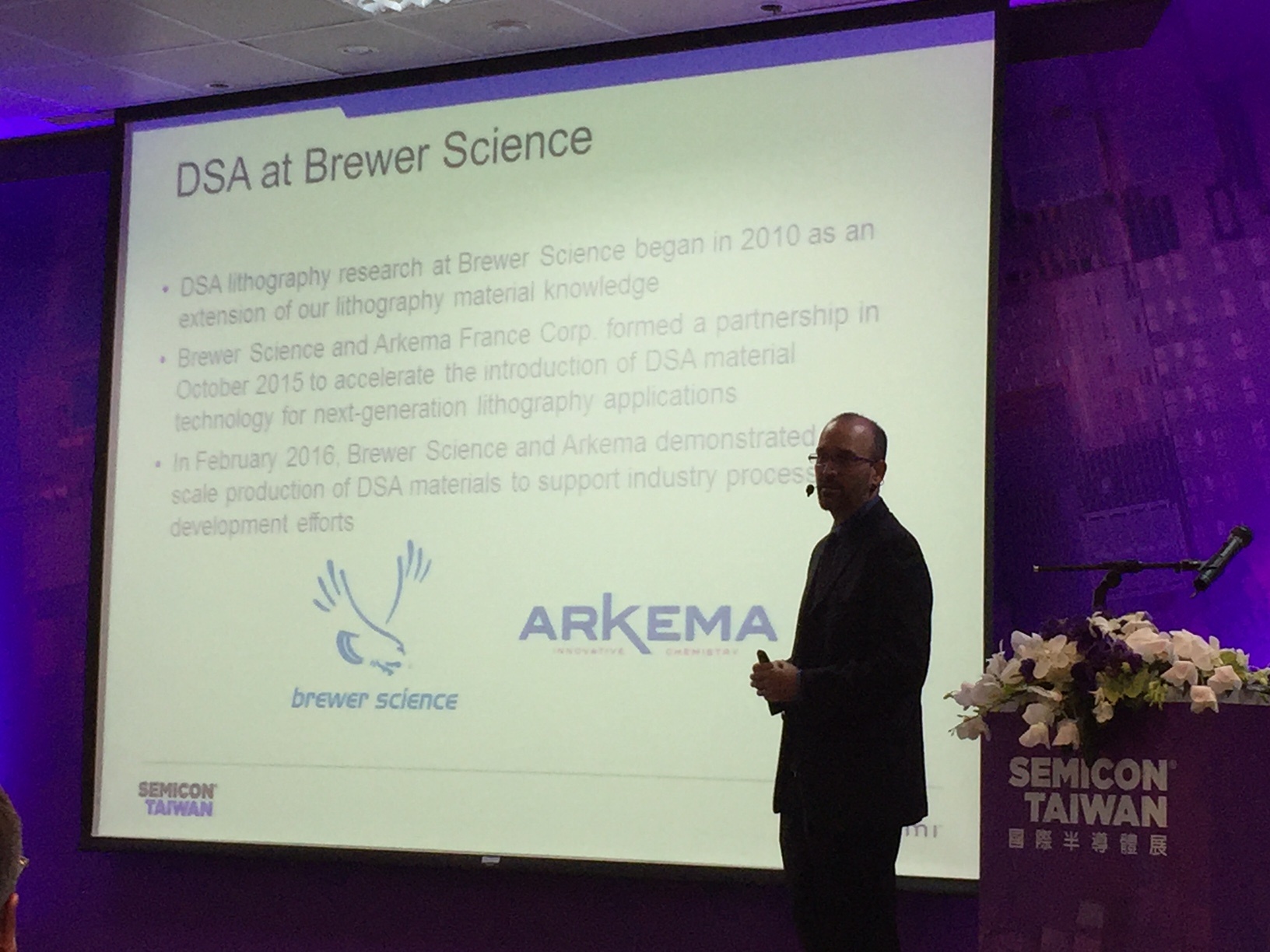When faced with a difficult problem, it’s hard to know which way to go.
Technology and semiconductor manufacturing certainly have their fair share of challenges. The biggest one (or at least the most recurring) is that demand for smaller and smaller feature sizes is greater than our ability to manufacture them.
There’s always the quick fix, and while it is far from easy in this industry, that kind of solution is usually tailored to one specific problem and its use expires after that. Then there’s the more comprehensive solution. That’s what we’ve been after, and it looks like we’ve found it in multi-layer technology.
A better foundation
It seems almost counterintuitive but that’s kind of what’s at work here. Instead of removing layers from the substrate, we add them to increase efficiency. As the video illustrates, we swap out the BARC with a spin-on carbon layer and a silicon hardmask layer.
This provides a better foundation, and when irregularities are measured in microns, there’s no way to understate how important that is.
A planarized substrate is a happy substrate, at least as far as manufacturing is concerned. After we apply the spin-on carbon and silicon hardmask layers, we have a better foundation and a much higher depth of focus when building structures. The hardmask, in particular, allows us to use an extremely thin photoresist layer, increasing resolution dramatically.
Extremely Versatile
No matter which advanced lithography process (EUV, electron beam, DSA, etc.) you use, you need a multi-layer structure on which to build more features. That’s what makes this solution so valuable. Several organizations design a product specific to someone’s needs, and this method can be very costly and time consuming. Fortunately, we’ve developed a set of materials for multilayer processes that is tunable for every customer, yet can be manufactured in our state-of-the-art high-volume production facility.
Conclusion
At Brewer Science we are a tenacious bunch. Now, after a little creative problem solving, and a lot of perseverance, multilayer processing meets industry standards. This extremely comprehensive solution means longevity, and in an ever-changing industry, that’s extremely valuable.
Take a peek at our OptiStack® multilayer lithography systems to see what they can do for you.



Subscribe to Our Blog